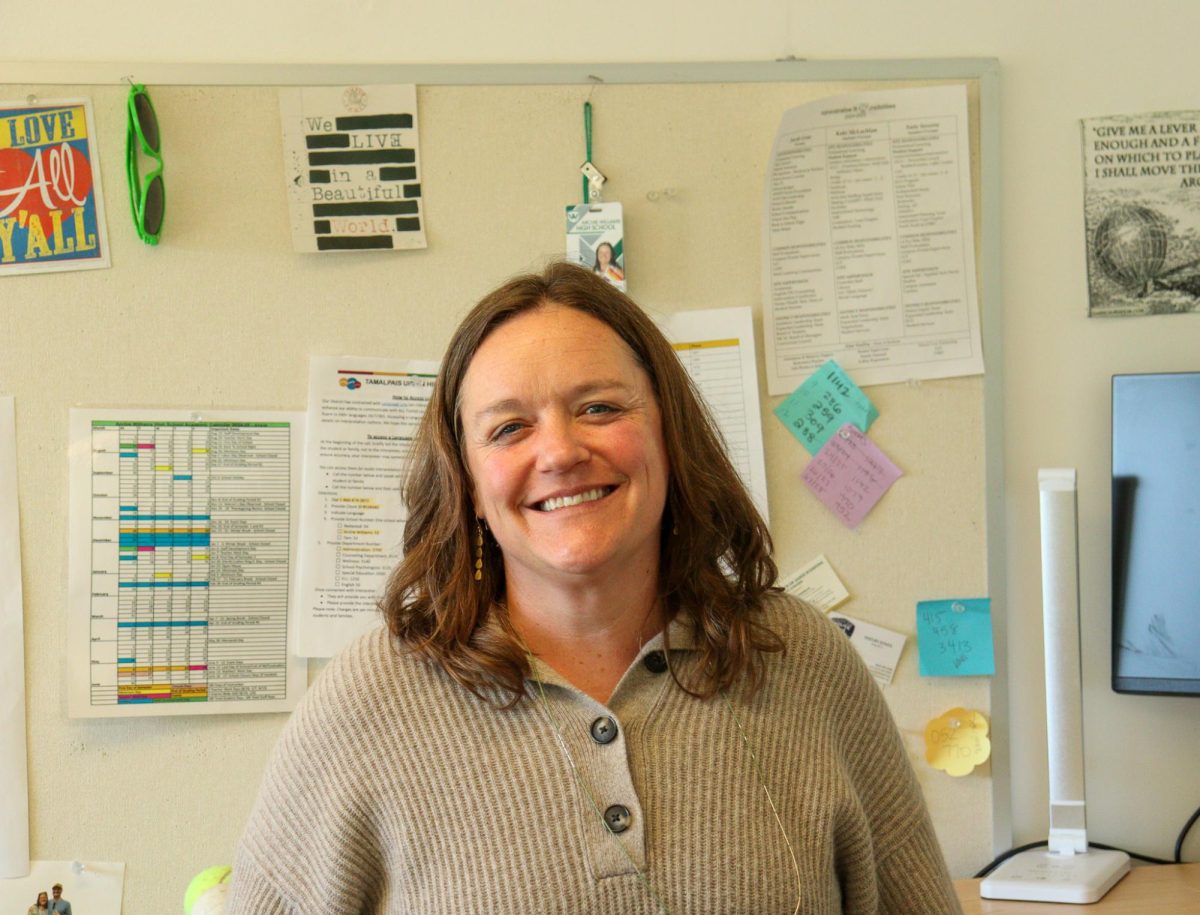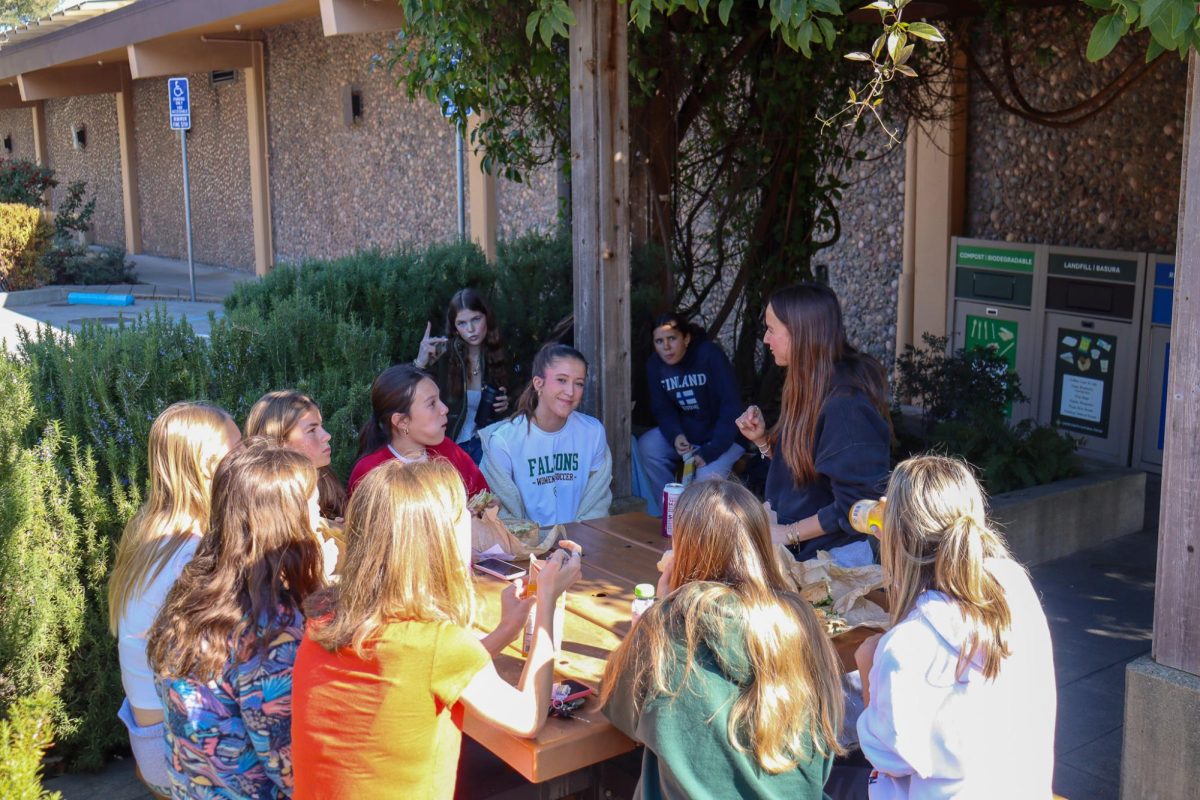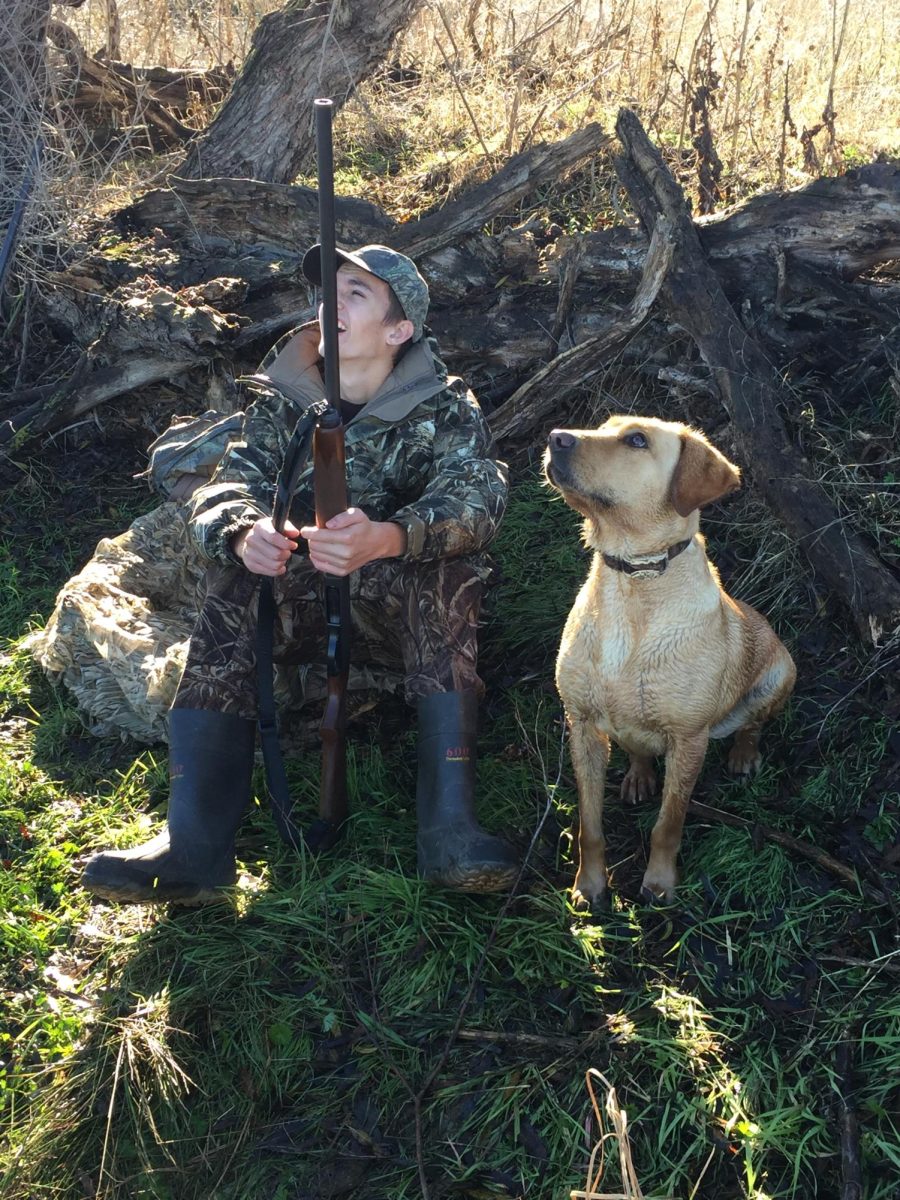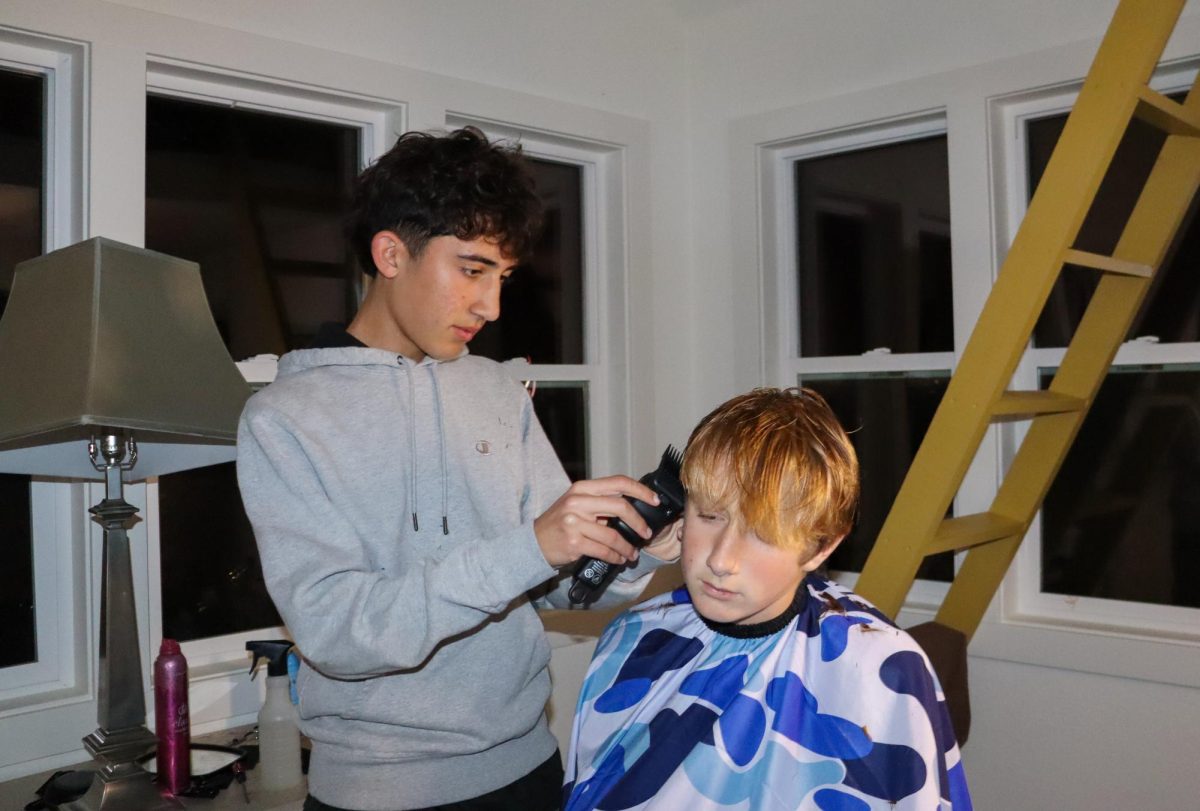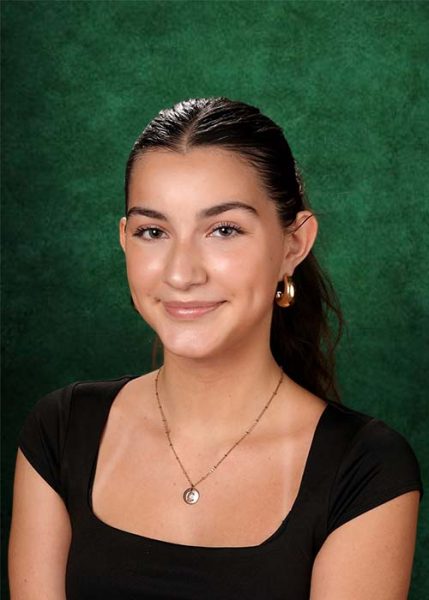Firefighting extends beyond battling against fires. Dispatchers and firefighters respond to an array of emergencies.
Their calls involve situations such as vehicle accidents, water rescues, Emergency Medical Services (EMS) responses, Hazardous Materials (HAZMAT) incidents, and incidents involving active shootings. Since circumstances that firefighters face are oftentimes traumatic, many stations have taken the initiative to focus on mental health.
Ross Valley firefighter and paramedic, Tommy Pastalka, has seen the distressing work that firefighters do firsthand.
“We deal with bizarre situations. People die all the time. It’s not normal [to] wake up in the middle of the night and see that and then go back to sleep,” Pastalka said.
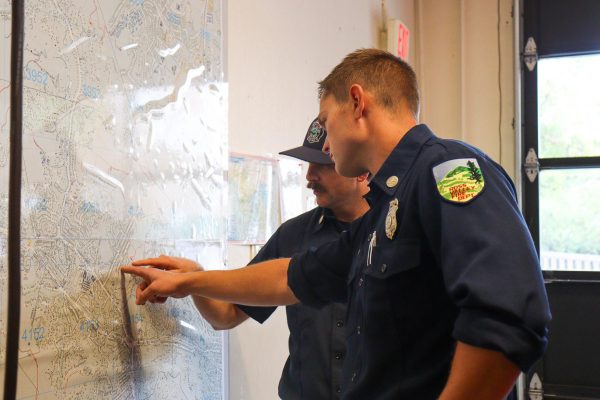
Archie Williams Wellness Coordinator Katrina Southard states that signs of PTSD can occur from small traumatic events, as well as larger ones. Not discussing or recognizing the effects of these events can lead to the manifestation of the trauma, which can turn into PTSD.
“PTSD is when someone goes through an event that causes a certain level of trauma and continues to replay that trauma in their brain. It is almost like they get a blip in the record and it keeps coming up at different times through different triggers,” Southard said.
Marin Battalion Chief Steve Ardigo raises attention to another aspect of the career, recognizing and handling the mental side of firefighting. Ardigo believes that being able to manage the mental struggles that accompany the job is no simple task as it is difficult to be vulnerable.
“We see a lot of bad things, and being able to process that and deal with that on a personal level and a level of humanity, it’s not for everyone,” Ardigo said.
Fire stations across America are constructing the proper response for school shootings. To better prepare for these tragedies, new training and equipment adept for shootings have been integrated. Although Violent Incidents (shootings, stabbings, bombings, and riots) may appear uncommon in Marin, the stations know that it is important to be prepared.

“Unfortunately, as times have changed, some of the calls we respond to that people don’t know about are active shooter events,” Pastalka said. “It’s unfortunate, and it’s scary, but we consider school shootings a Unified Response to a Violent Incident. We’re outfitted with bulletproof or ballistic helmets and bulletproof vests.”
Movies and TV shows play a role in the public’s perception of firefighters. Television shows portray exaggerated scenes such as multiple firefighters entering a burning building for something like a children’s stuffed animal. In reality, this is not something that firefighters would risk lives for.
A large factor of firefighting is weighing the risks and gains of the situation. A common phrase in the fire industry is, “Risk a lot to save a lot.” Firefighters will put themselves in danger if it means they have a chance to save another person.
“There’s that expectation where you’re fireproof, and that’s just not the case,” Pastalka said. “You shouldn’t have to tell somebody’s parents that they died trying to save a cat.”
Through years of experience, Ardigo has learned the importance of balancing the different aspects of the firefighting industry. As a firefighter, he says one must be able to deal with all the challenges that accompany the job.
“It’s a combination of mental toughness, physical toughness, and emotional toughness,” Ardigo said.
The crew is sometimes stationed at the firehouses for months at a time, which results in them missing birthdays and holidays with their families. Pastalka says without a camaraderie with his fellow firefighters, the mental impacts of his job would be harder to deal with.
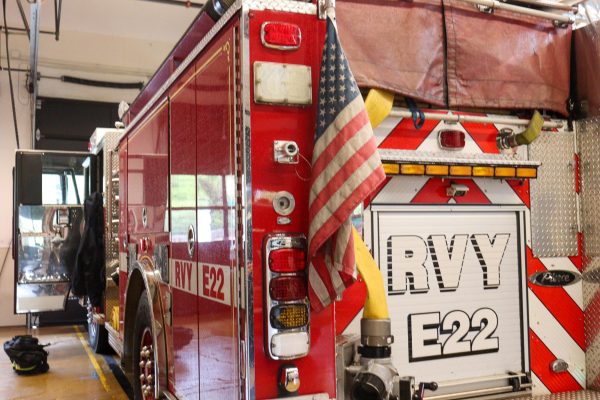
“Sometimes there are stressful calls and environments. Knowing that these guys are your brothers and your family makes working long stretches much more [bearable],” Pastalka said.
Despite the typical schedule of 48 hours working and 92 hours off, firefighters often work overtime or throughout the night on calls. Pastalka feels that it is hard for the community to fully understand the dynamics and hard work that goes into firefighters’ jobs daily. According to Pastalka, many individuals don’t fully grasp and appreciate the work that goes into providing emergency services. However, the reality is that when someone calls 9-1-1, it is often because they are experiencing a tragedy.
“I think what goes into the service we provide is not necessarily something that’s recognized, because people just don’t know [everything] we do,” Pastalka said.
Furthermore, emergency responders have a short window of opportunity to help callers, which makes their response all the more important. The emergencies that people are calling about have already occurred, but firefighters still have to go through the process of preparing themselves and navigating their way to the scene, so the odds are already stacked against them.
“A lot of times, when people call 9-1-1, it’s the worst day of their life… Sometimes those calls are really challenging, and they don’t go well,’” Pastalka said.
The chaos of emergencies can overshadow the long-lasting impacts of firefighting. The pressures put on those within the fire industry by the general public and themselves is often overwhelming. Managing the mental and physical difficulties that come with being a firefighter is a major part of the career, yet it is the one most commonly ignored by the public, and sometimes even the firefighters themselves.






